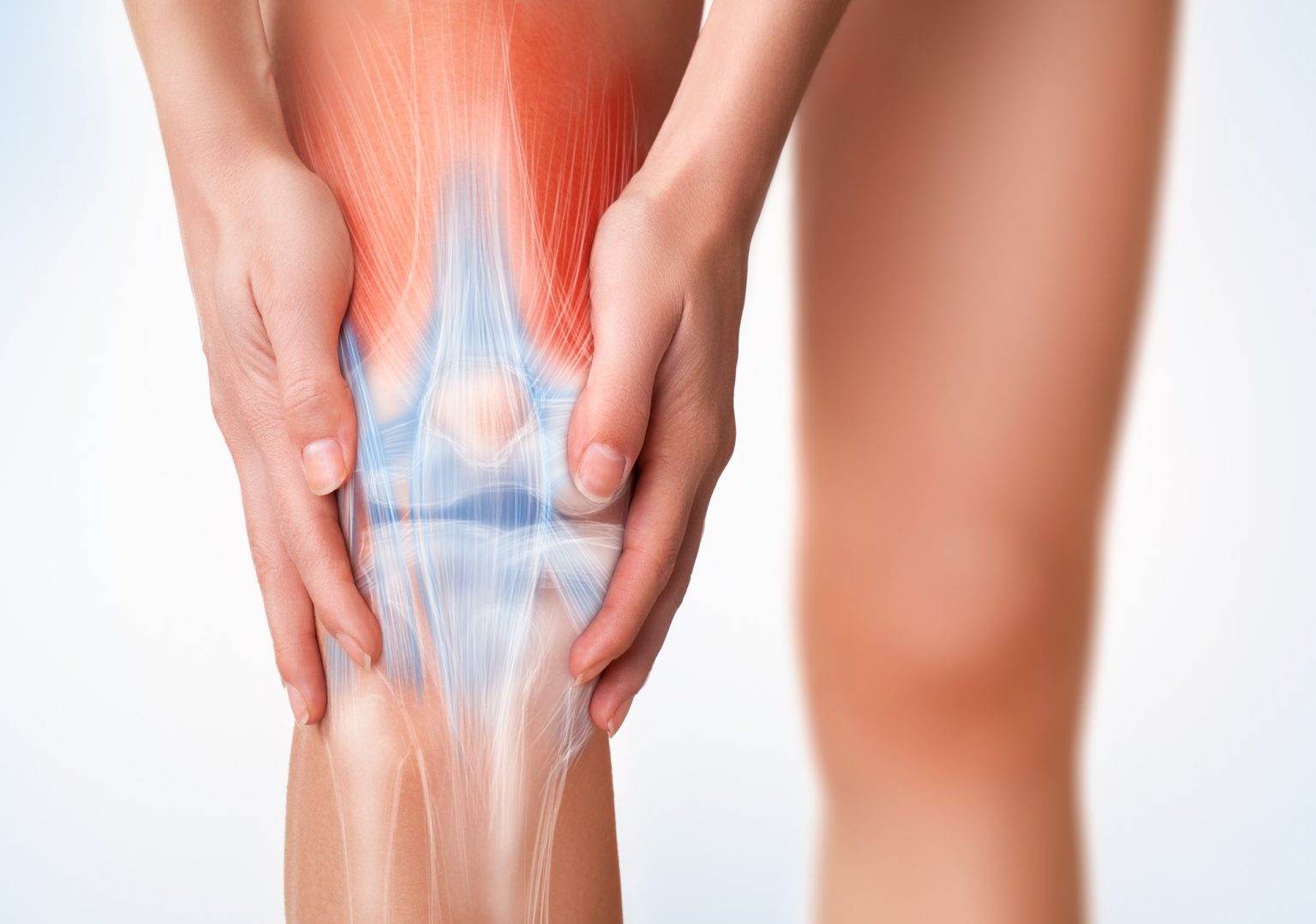SCHEDULE AN APPOINTMENT WITH US
Are Your Symptoms Affecting Your Quality Of Life?
Consult our MOH-accredited orthopaedic specialist for a detailed consultation & personalised treatment plan today.

An ACL avulsion fracture is a type of knee injury predominantly seen in athletes, marked by the detachment of the anterior cruciate ligament (ACL) from the bone.
The ACL is a ligament in the knee that connects the femur (thighbone) to the tibia (shinbone), playing a role in stabilising and controlling knee joint movements. In this condition, the ACL tears away from its bone attachment, typically at the knee joint.
Identifying ACL avulsion fractures can be challenging, as symptoms are subtle and may resemble less severe injuries such as sprains. Common indicators include:
ACL avulsion fractures arise from specific conditions and activities that exert undue stress on the knee ligaments.
Diagnosing an ACL avulsion fracture involves a comprehensive evaluation process, as the injury can sometimes be misinterpreted as a muscle strain.
Minor ACL avulsion fractures often require non-surgical treatments to aid healing and restore function.
The knee can be immobilised using a cast or splint, helping maintain alignment and facilitating healing. Concurrently, the knee specialist may suggest that patients modify their activities and avoid actions that place stress on the knee, ensuring an environment conducive to recovery.
To manage pain and reduce inflammation around the knee, anti-inflammatory medications are often used. These may include over-the-counter NSAIDs or prescription medications. They play a role in alleviating discomfort and mitigating swelling, thus contributing to the healing process.
The RICE method, encompassing Rest, Ice, Compression, and Elevation, can help manage swelling and pain. Rest reduces further stress on the injured area, ice helps in decreasing swelling, compression aids in minimising fluid accumulation, and elevation assists in reducing swelling.
Rehabilitation exercises can help the knee regain its range of motion and strength. Physical therapy starts with gentle exercises, gradually advancing in intensity as the healing progresses, ultimately aiming to restore the knee’s functional capabilities.
In cases of severe ACL avulsion fractures, particularly those causing joint instability, surgical intervention may be necessary.
While it is challenging to completely prevent ACL avulsion fractures, several strategies can help reduce the risk, especially for athletes.
SCHEDULE AN APPOINTMENT WITH US
Consult our MOH-accredited orthopaedic specialist for a detailed consultation & personalised treatment plan today.
Monday – Friday: 9.00am – 6.00 pm
Saturday: 9.00am – 1.00pm
Sunday & PH: CLOSED
Monday – Friday: 9.00am – 6.00 pm
Saturday: 9.00am – 1.00pm
Sunday & PH: CLOSED
Get Started
The healing time for an ACL avulsion fracture varies depending on the severity of the injury and the chosen treatment method. In general, healing can take several weeks to a few months. Non-surgical treatments may require a shorter recovery period, whereas surgical interventions might necessitate a longer rehabilitation process.
Walking ability depends on the fracture’s severity and the individual’s pain tolerance. In some cases, limited walking with the support of a brace or crutches might be possible. Consult a knee specialist to assess the injury’s extent and receive guidance on mobility during the healing process.
Returning to sports following an ACL avulsion fracture is usually possible, especially with appropriate treatment and rehabilitation. The timeframe for return varies, depending on factors such as the severity of the fracture, the type of sport, and the effectiveness of the rehabilitation programme. The knee specialist can help guide you through treatment and recovery, leading to a safe return to athletic activities.
Leaving an ACL avulsion fracture untreated can lead to complications such as chronic knee instability, increased risk of arthritis, and reduced knee function. Early diagnosis and appropriate treatment can help prevent these long-term issues. Consult a knee specialist for appropriate management of the injury.